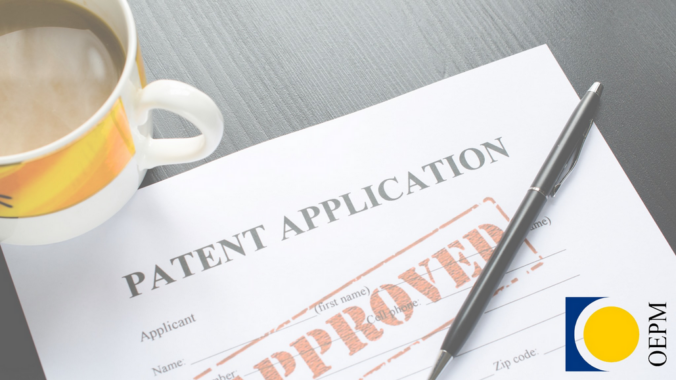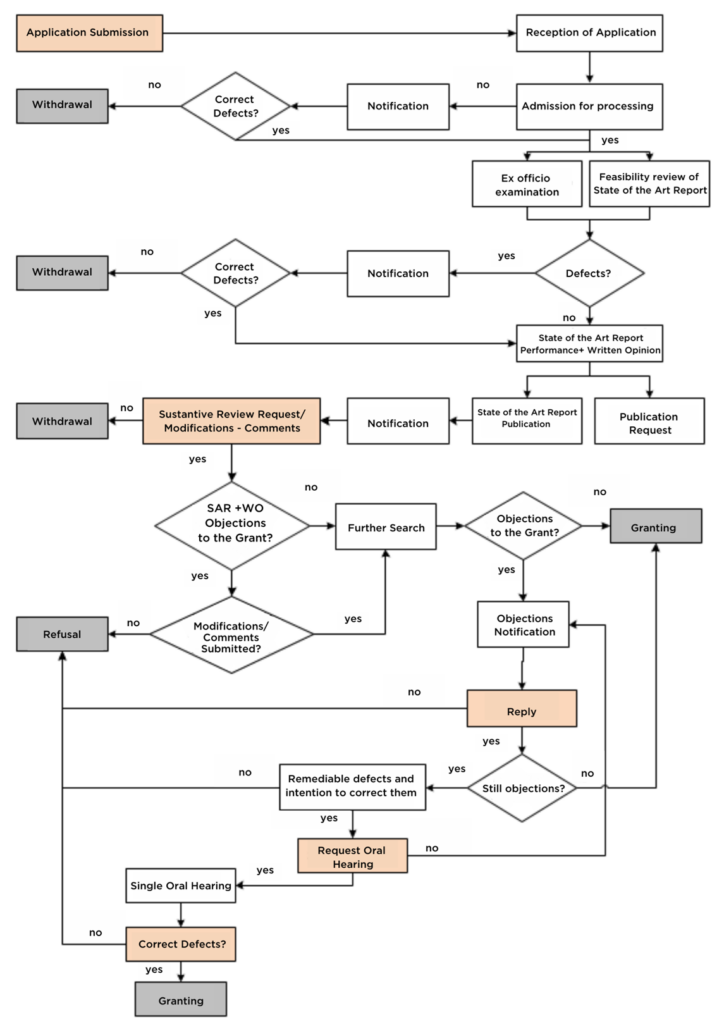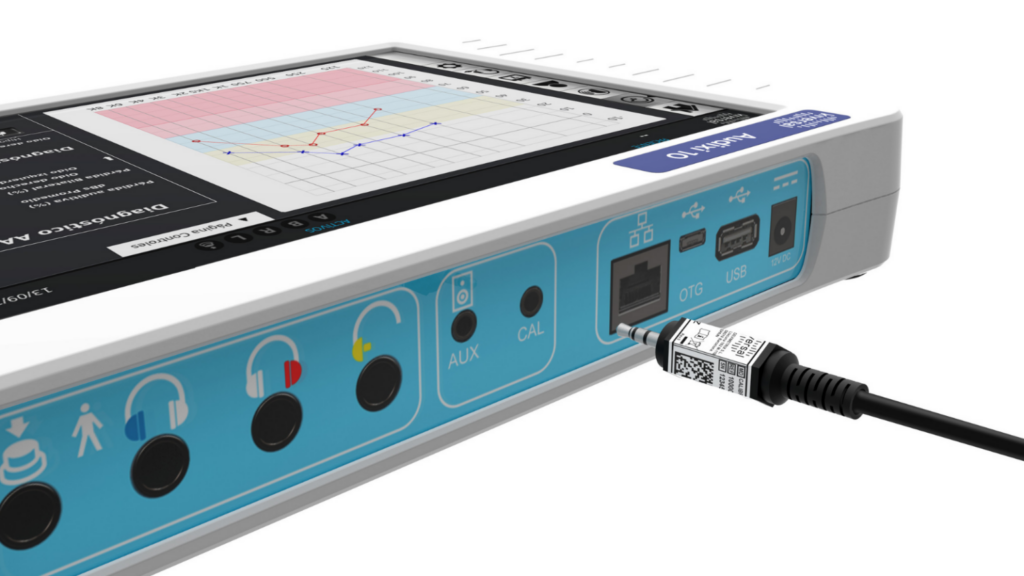We are used to hearing the word patent and all its derivatives. But… what do we really know about them? In this article we will tell you everything you need to know about patents. At the end of this article you will understand why it is so important for Kiversal to introduce you to this topic. Do not miss it!
What is a patent?
A patent is an Industrial Property title, granted by the state, which provides its owner with exclusive rights for the protection and exploitation of his invention. It allows to act and prevent third parties from using, copying, counterfeiting, manufacturing, importing or selling the products or processes protected by the patent without prior consent. In the event of such an infringement, legal action may be taken.
If you do not want to exploit the patent, you can also sell or assign the rights to another firm.
How many years does the patent protection last?
Patents are granted for a maximum of 20 years (non-extendable), from the filing date of the application. In order to maintain the patent in force, the established annual fees must be paid.
On the other hand/ In return for obtaining exclusive rights, the inventor will have the obligation to disclose the patented invention to the public, once these 20 years have elapsed, so that third parties can take advantage of the new knowledge and thereby contribute to the country’s technological development.

Who can apply for a patent?
Anyone (any person, natural or legal, including entities governed by public law) could be an appliant for a patent as long as the stipulated requirements are met.
What are the requirements to apply for a patent?
In order for an invention to receive the Industrial Property title, it must meet three requirements: novelty, inventive activity and industrial application.
What documentation do I need to submit?
The application must be filed with the following duly completed documentation at SPTO (the Spanish Patents and Trademarks Office):
- Appliction instance (Standardized form 5101): includes personal data of the applicant, title of the invention, designation of the inventor and representative…
- Descriptive report: aimed at explaining the technical problem and how it is solved. This includes the description of the invention, one or more claims, explanatory drawings and the summary of the invention accompanied by the most representative figure.
To illustrate the length of the process, after submitting the application, we would only be in the first stage of the long journey to obtain the patent, as you can see in the following diagram:

Patents and Kiversal
At this point, now that you are a patent expert, you can imagine how happy and proud we are to be able to announce that we have been granted the patent of invention after several years since we started the journey with the application.
You are probably wondering what we have patented, right? From Kiversal we offer the possibility to manage and calibrate all Audixi 10 audiometers remotely and instantly. We leave you the link below of our innovative calibration system in case you missed the article.


This post provides us all basic information related to patent. The right related to patent is absolutely essential for the creators who have spent much time, effort to publish their work when some people just want to use that without any permission of the work’s authors.
Respect the authors and ask permission before using any work! Patent is considered as a proof for the inventors.
That’s exactly as you said! There is so much time and work that has to be considered before using anything without consent. Thank you for your comment! 🙂